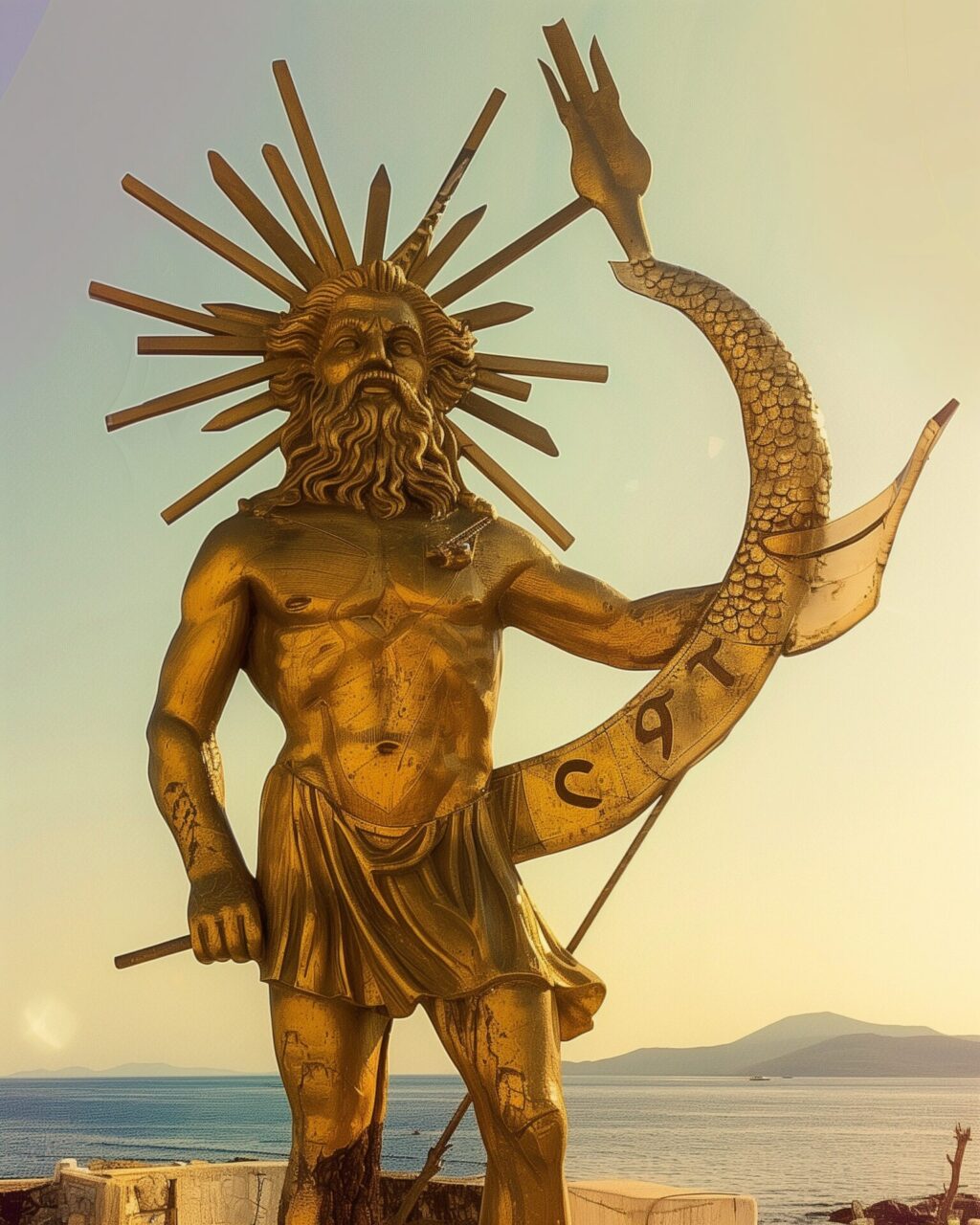
Demiurge
The demiurge, a concept as dazzling and multifaceted as the cosmological systems it populates, first appears in Platonic philosophy and undergoes a radical reinterpretation in the esoteric teachings of the Gnostics. This “master builder of the world”, once conceived as a divine architect who moulds the universe, becomes an ambivalent or even antagonistic creator in later interpretations. From Plato’s idealistic vision to the darker corners of Gnosticism, from Neoplatonism to modern times, the Demiurge has stimulated and challenged the human imagination.
Plato’s workshop: The demiurge as divine craftsman
In Plato’s dialogue “Timaeus”, the demiurge is a positive force, a kind of divine craftsman who shapes the harmonious order of the cosmos out of the chaos of previous existence. He does not work ex nihilo, but moulds matter according to the eternal ideas – a celestial artist who shapes the universe according to a metaphysical blueprint. Plato’s demiurge is neither omnipotent nor omniscient, but an executor of a higher, ordered reality.
The Gnostic turn: The Demiurge as cosmic tyrant
For the Gnostics, the ancient mystical sects that influenced early Christianity and other religions, the demiurge was a far more ambivalent figure. In their doctrine, the Demiurge is not the supreme god, but a subordinate being, often identified with the God of the Old Testament, who created a flawed material world out of ignorance or even malicious intent. This world is a prison for the human soul, which is separated from a more divine, transcendental reality. Here the demiurge becomes the antagonist, a divine deceiver who keeps humanity in ignorance.
Neoplatonism and modernity
In Neoplatonic philosophy, the demiurge is developed further and often cast in a more positive light again, as a mediator between the unrecognisable unity of the One and the diversity of the material world. In modern philosophy and theology, the demiurge is rarely addressed directly, but its echo can be found in debates about the relationship between the Creator and creation, especially in the discussion about the problem of evil and theodicy.
The demiurge as a narrative motif
The demiurge often appears in pop culture, albeit rarely by name. In science fiction and fantasy, he is portrayed as a powerful creator or devious manipulator whose motives and methods test the boundaries of morality and ethics. Films such as “The Matrix”, where reality is exposed as an artificial creation, or video games such as “Bioshock”, which explore complex themes of control and autonomy, are modern descendants of the demiurgic tradition.
The demiurge and human creation
The figure of the Demiurge raises fundamental questions about our own creative and destructive abilities and the responsibility that comes with power and knowledge. In a world where we are gaining unprecedented control over our environment and ourselves through technology and science, the Demiurge appears as a reflection of our deepest hopes and fears about what it means to be a creator. Whether as divine builder or cosmic tyrant, the Demiurge remains a fascinating metaphor for the power and problems of creation.



